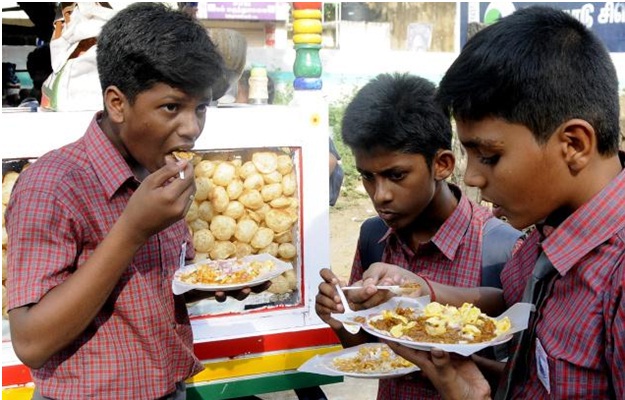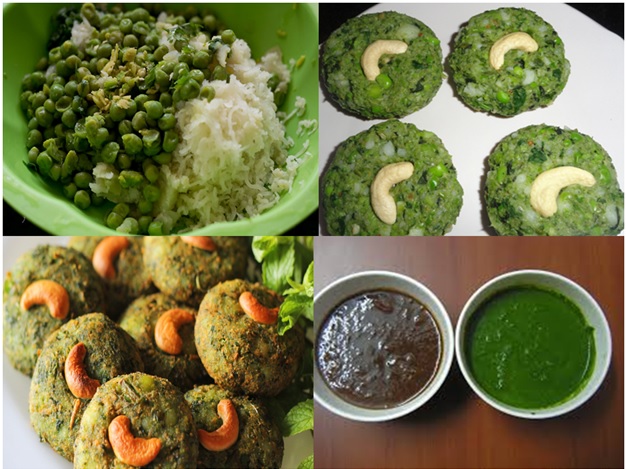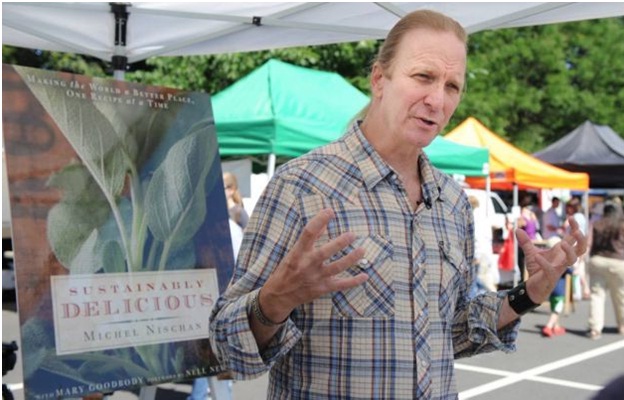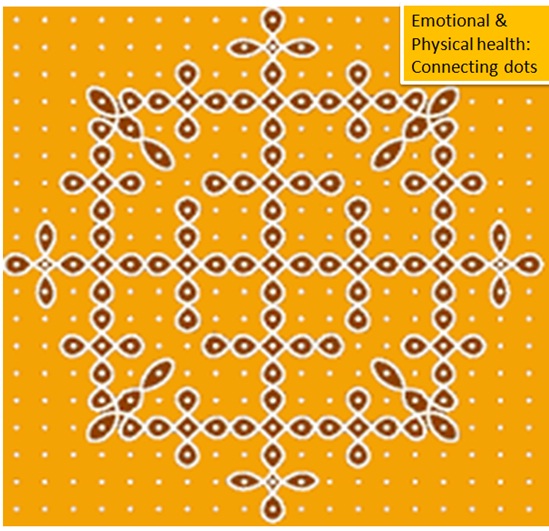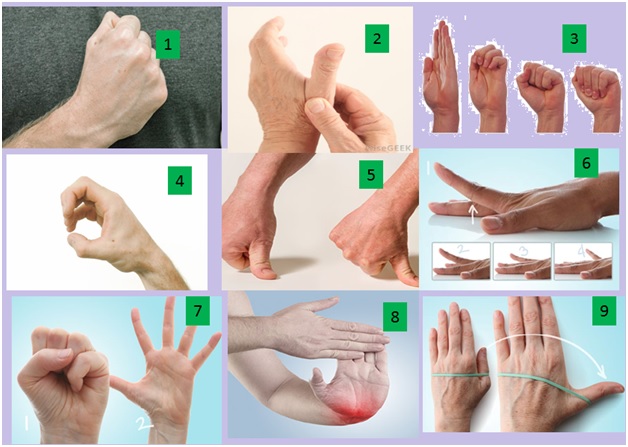
Everyday Hand Exercises to Ease Arthritis Pain
Arthritis pain increases as we age. We need to keep using our hands and fingers. The pain can start anytime and make life misearable. We will be unable to hold a coffee mug, lift utensils, squeeze toothpaste or holding a pen or typing using key board. This disease is especially unpleasant when it hits the joints of the hands because it results in numbness and pain. There are several well designed simple exercises that can help to reduce arthritis pains. While watching TV or reading or walking one can perform these simple exercises meant to release finger and wrist pain. These exercises are simple and noninvasive.
If you feel too much pain while performing exercise warm up the fingers. Soak hands in warm water for few minutes You can also try performing some of the exercises with your hands submerged in warm water. This is a gentle way to exercise joints and muscles. The buoyancy of the water supports and lessens stress on the joints, enabling you to move your hands more easily.
- Make a fist
This is a really easy exercise that can be performed anywhere you want. Use it in case you feel stiffness in this area. Begin by keeping your right hand straight. After that, turn your hand into a fist and place your thumb out of the fist. Avoid squeezing your hand – be relaxed. Start opening your hand slowly until each of your fingers is straight. Perform this exercise for about 10 times. After that, repeat the procedure with your left hand.
- Thumb bend
Hold your hand straight up and bend the thumb in the direction of the palm. Stretch yourself and try to reach the pinky finger with the thumb. If you are unable to do it, don’t frustrate yourself. Just stretch your thumb as much as you can. Stay in that position for a couple of seconds and place the thumb in its initial position in the end. 10 repetitions with both hands will be enough.
- Finger bends
Use the same position like in exercise no.1, but this time straighten your left hand. Gently bend your thumb in the direction of your palm. Remain in this position for a few seconds. Bring your thumb in the initial position. After that, bend your index finger in the same direction. Wait for a few seconds and straighten it. Do this with every finger on the hand. Once you are finished, start the same procedure with your right hand.
- Make an O
Straighten up your left hand. After that, direct all your fingers inward so they can touch. In this way you will form an O. Remain in this position for a few seconds. After that, make your fingers straight. Perform this exercise at least three times a day and use the right hand too. This exercise is perfect in the moments your fingers and hand feel stiff or achy.
5. Table bend
Start with your left hand. Put the pinky finger close to the table, point your thumb up and bend the rest of your fingers making an L formation. Stay in this position for a couple of seconds and straighten the fingers after that. Repeat the exercises 10 times with both hands.
- Finger lift
Put your left hand on a table with its palm down. Keep it flattened. Lift each finger off the table carefully starting with your thumb. Keep the same position for two seconds and after that lower the finger down. Perform the same procedure with every finger from the left and right hand.
- Fan and fist
Hold your hand in a neutral position and try to keep your knuckles straight. Gradually and carefully spread your fingers as much as you can (something like a fan when it’s opening up). After that, try to make a fist. Remain in each of these positions for about five seconds. Repeat this exercise two times a day on both hands.
8. Wrist stretch
Use a wrist for this exercise, because the wrist will eliminate the stiffness and can ease the pain. Keep the right arm out with your palm facing down, and then press it gently with the left hand until you feel that your arm and wrist are stretched. Stay in that position for a couple of seconds. 10 times repetition with both hands will be enough.
- Thumb Extension
Strengthening the muscles of your thumbs can help you grab and lift heavy things like cans and bottles. Put your hand flat on a table. Wrap a rubber band around your hand at the base of your finger joints. Gently move your thumb away from your fingers as far as you can.
Hold for 30 to 60 seconds and release. Repeat 10 to 15 times with both hands.
References and Images courtesy:
Author: HealthyLife | Posted on: September 2, 2015



